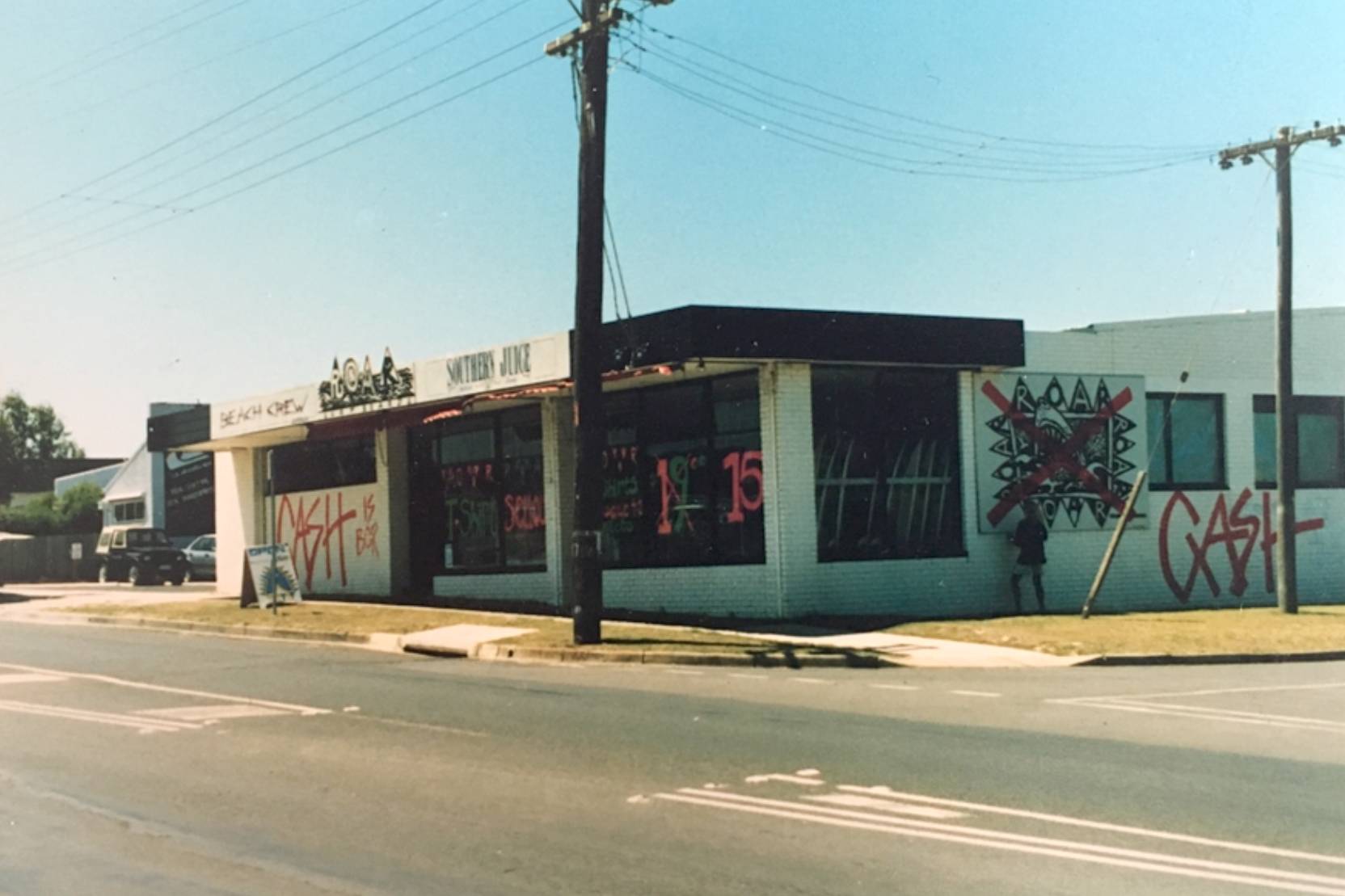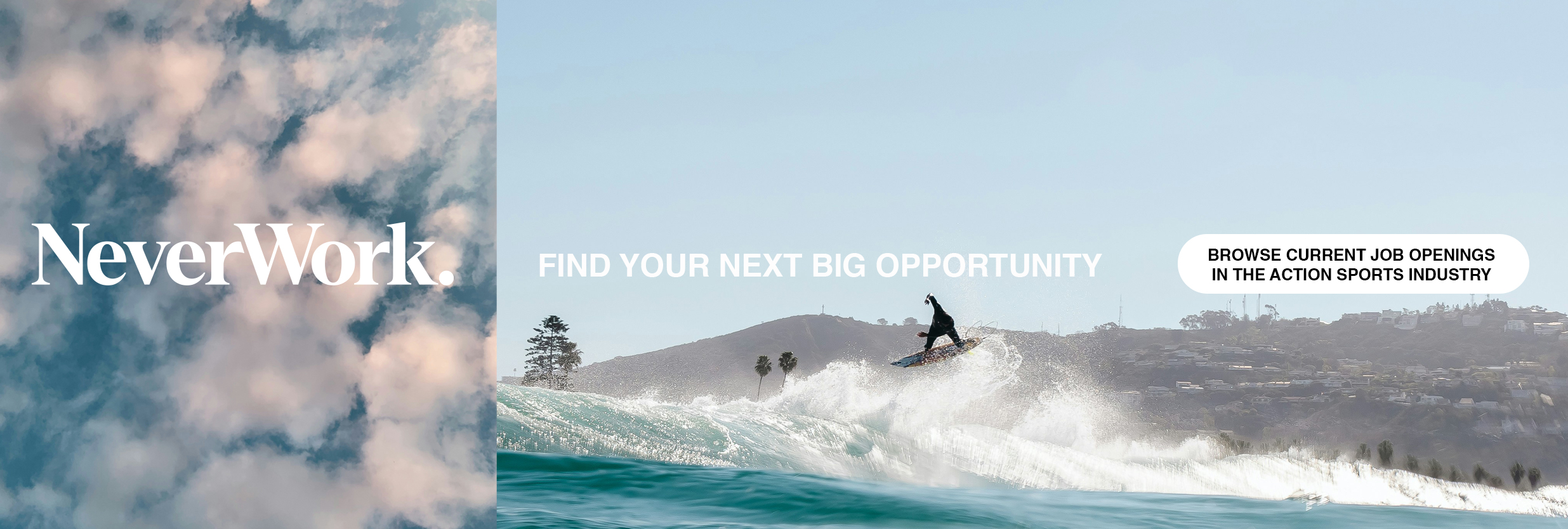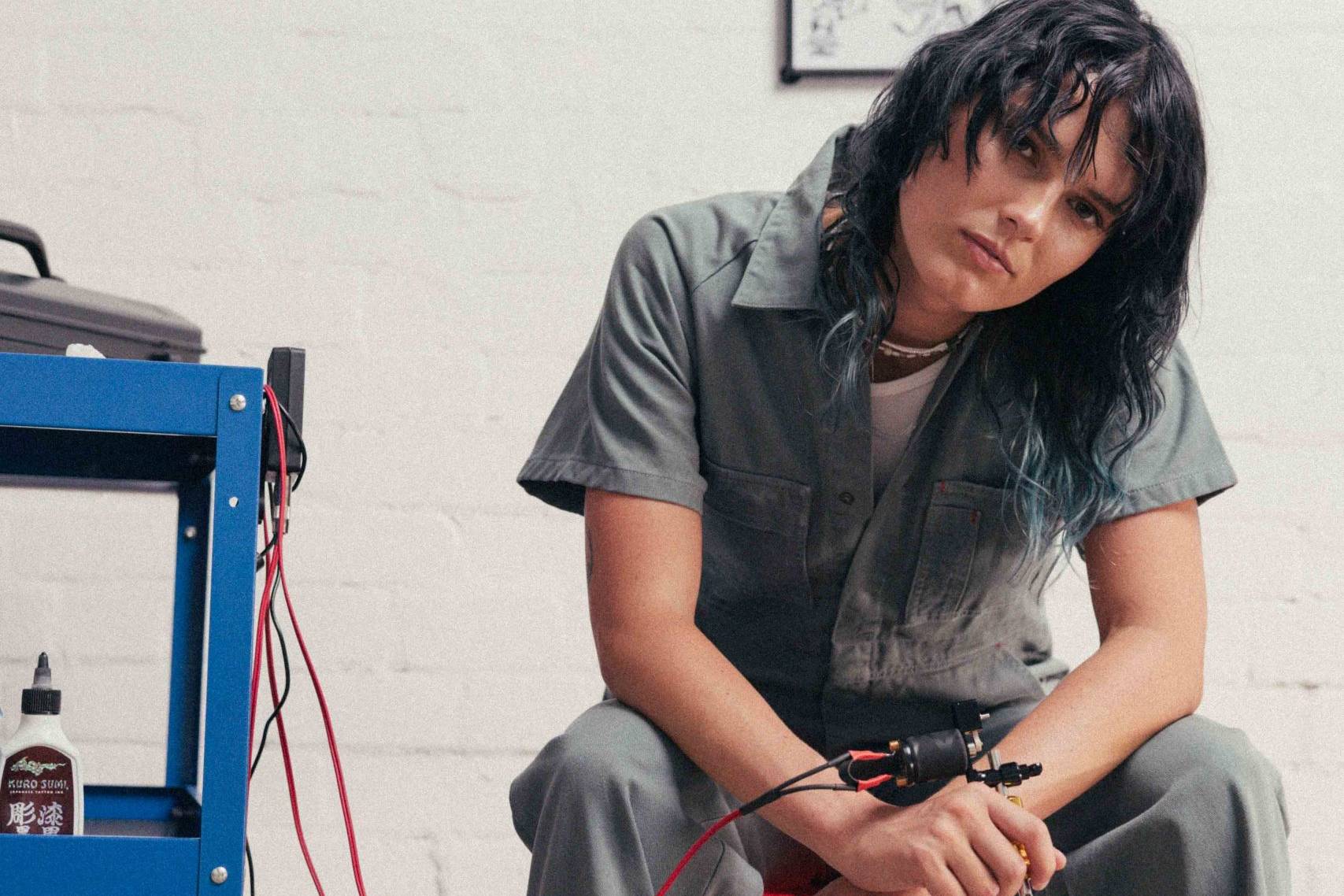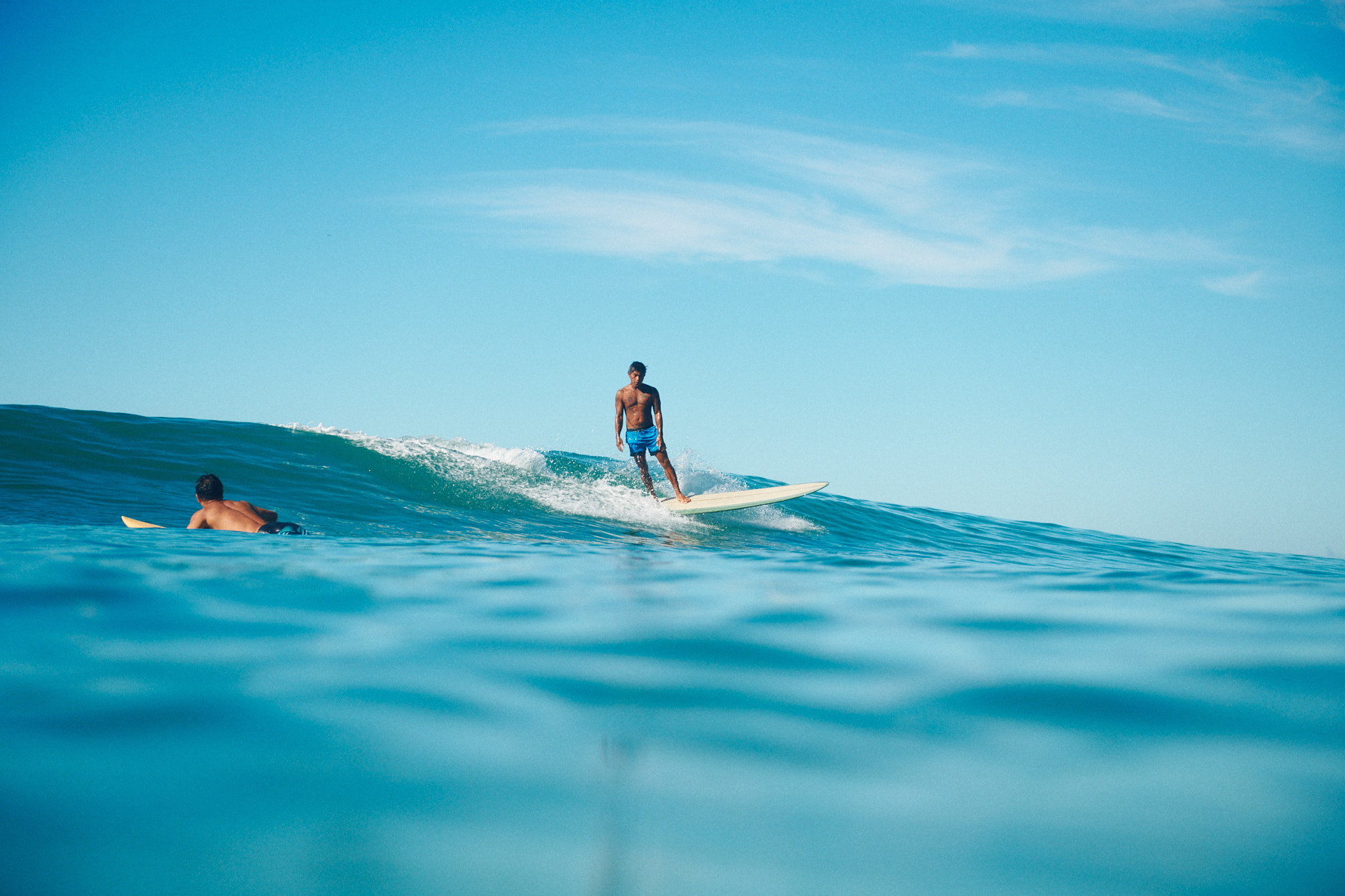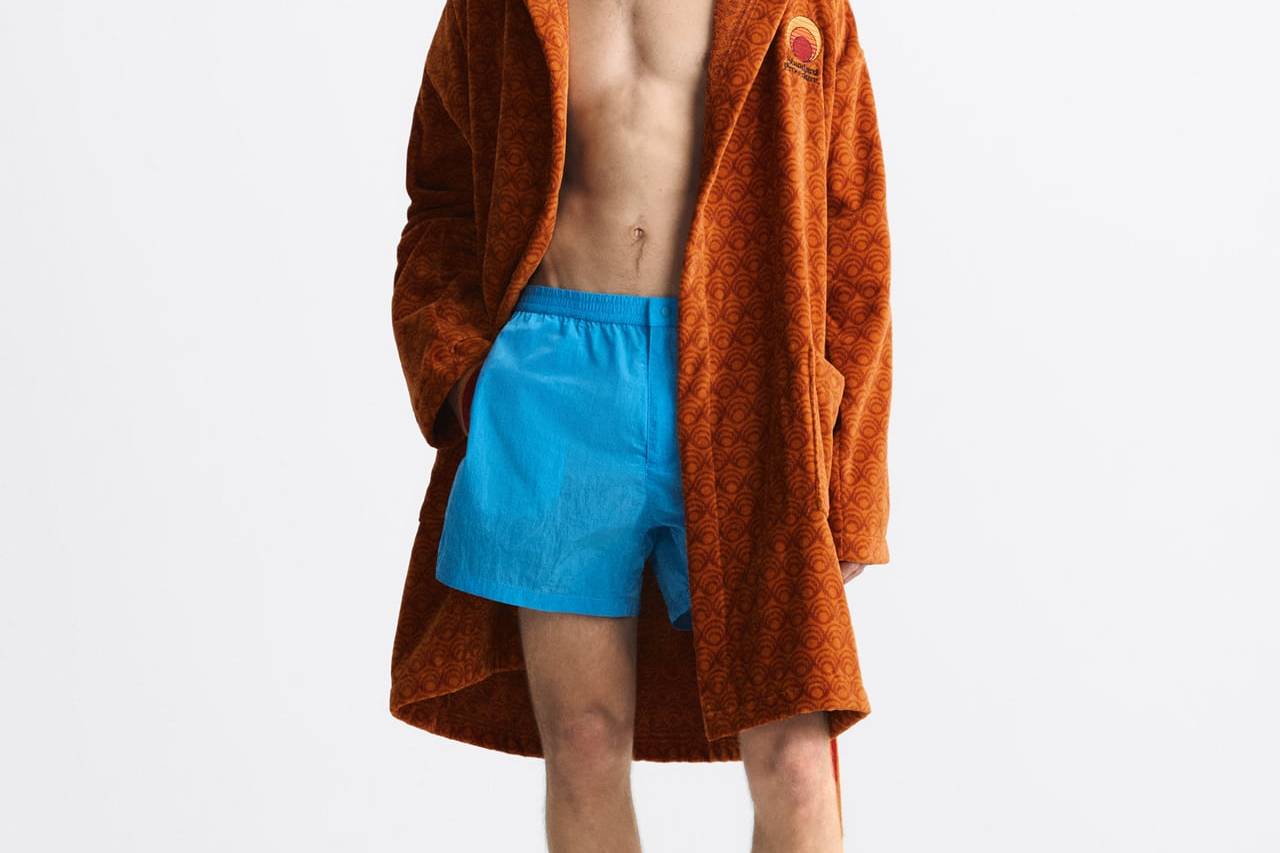THE GASH EXHIBITION - 7BLADES
Exhibition Overview by Mick Sowry.
There was a time when surfboard brands had names that were either a shaper’s name, a location, or had a post-hippie tinge, like Serenity or Morning Star, or even Water Cooled, which is where I met a young Greg Brown way, way back when he was a grom.
I can’t remember the exact moment I saw ROAR as a thing other than a noise jets and lions made. ROAR Surfboards instantly got my attention. Agressive logos — on great boards made by one of the, by then, most charismatic guys surfing at the time, in that same Greg Brown.
Just as everyone was getting used to it, ROAR suddenly became GASH, and my first thought was WTF. Before WTF was even a thing.
I knew behind everything was a polar opposite to Greg – in Simon Buttonshaw. A reserved character, Simon was the man behind the wild names and logos. The graphic and conceptual conscience of the madness.
In that strange way people creep into your consciousness, from awareness, to familiarity, to friendship, Simon and Greg have been in my “sphere” for decades. As surfers, I’d looked on with envy, and with Simon I’d come to enjoy extended conversations on art and esoterica. Every chat with him was something I cherished.
Telling this story of then is about context, as context needs to be understood. For many of you, something forty or fifty years ago is ancient history. Your lives have not intersected with past times unless through curiosity, or circumstance, they come to you.
Josh Rush is a longtime collaborator with Simon. Uniquely, through his working life with Simon, and Gash, he was equipped to navigate this project. Not just a retrospective, it is about understanding the past, and a rebirth.
So back to GASH. That word. The symbolism. The brashness. And the boards delivered. Fine blades ridden by great surfers, plus many others who liked to ride them. At a time when board brands graphics were neon, fashion was big hair and big shoulders, along came the minimalist red and black hand drawn GASH, with its iconography drawn from 13th century woodcuts.
Dagger, Heart and Dagger, Cherubs and Daggers.
Themes drawn from the artistic tradition of VANITAS.
VANITATUS VANITATUM
ET OMNI VANITAS
Vanity of Vanities
All is Vanity
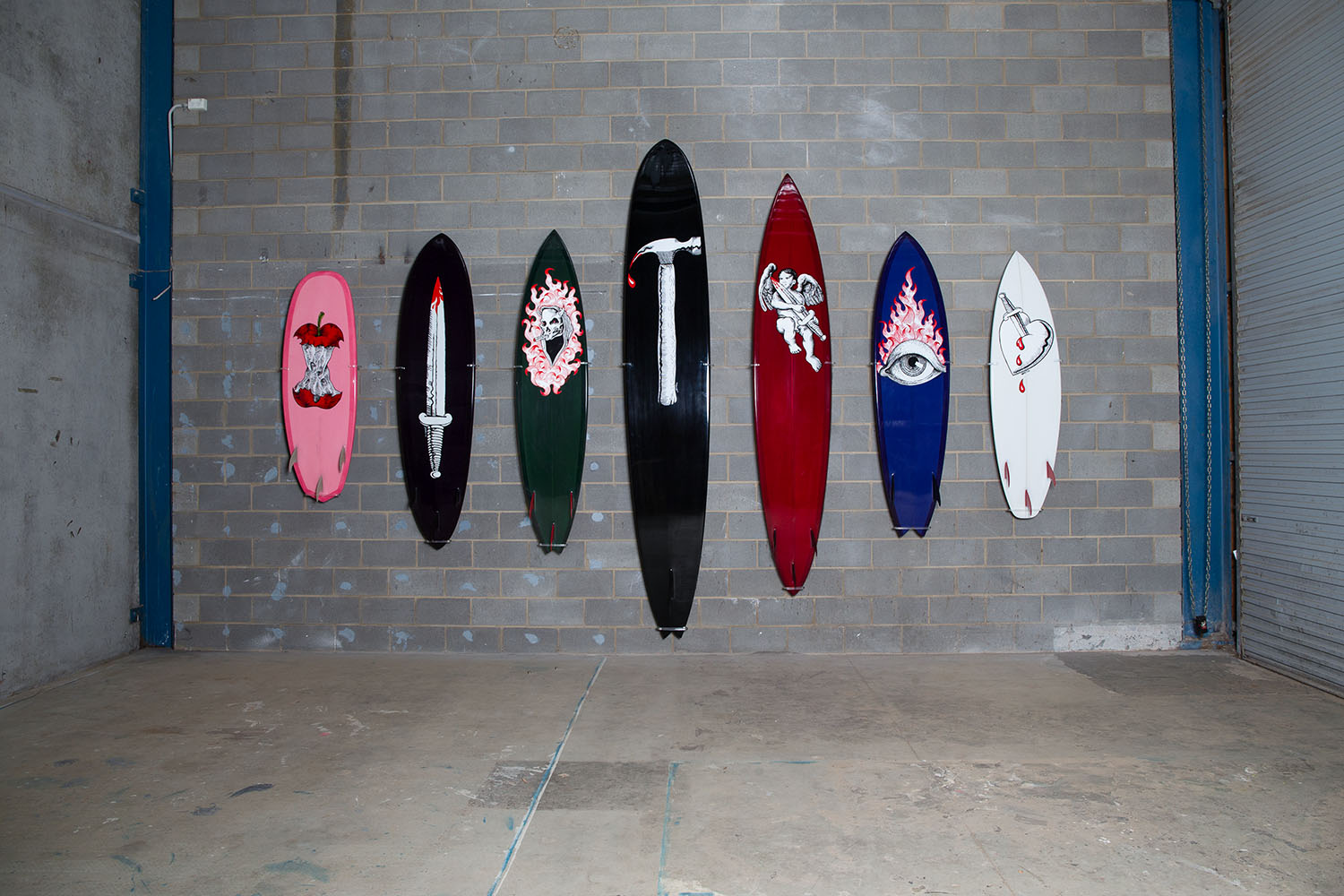
7Blades
The still life – nature morte, or dead nature – we all know the form, but either forget or are unaware of the source as a reminder of the fleeting nature of life, of love, of everything you hold dear. A reminder to pause for reflection. Simon, very deliberately, drew on this thirty years ago to represent what surfing had become, and continues to be, in his view –
“A perversion of something pure – into just another corporate cluster fuck”.
In emails surging back and forth after I was asked to be a part of this, Simon made it clear his thinking went deeper than ‘let’s make up a cool name with an even cooler logo”. He was drawing on a lifetime of immersion in art history, of psychological archetypes, of ideas buried in his lizard brain perhaps, just waiting for the right moment to ‘be’.
I’d often wondered, as an observer living in Adland, how well Simon managed to navigate the commercial world as Creative Director at Quiksilver and subjugate it to dirty commercialism. I knew it came at a cost, as rarely does your heart, your deep creative centre, fit with the realities and necessities of using the creativity that is your constant blessing, and curse. If you are of that mind set, it dogs you.
What I know now is he kept things up his sleeve. Perhaps not even knowing they are there as the subliminal mind gives up its treasures sometimes unexpectedly, and sometimes when you know where to look.
To tell the story of one image may explain the depth of thinking in all. The glider, that big black weapon, is not the first glider Greg has made. An earlier version was gleefully taken out by its new owner some months back only for him, and it, to take out a group of schoolgirls in the lineup. Chastised – it was a lot of board — he returned it, to Greg, saying ‘it’s too much for me’. There is a time and a place after all.
This seems to have reminded Simon of his early days in France 40 years back, gob smacked at the then relatively novice French surfers and their unfamiliarity with the rules of the water. Simon couches this in far less polite language. He had wanted to paint a Warhammer on the bottom of his board with ‘The Hammer of God’ written on it in French. He was persuaded to not go ahead with this and had to settle with telling the locals he was a ‘psycho killer’ in French when hassled. Apparently it worked. I still find the image of Simon as remotely aggro a bit odd.
Flash forward 40 years and Simon found himself drawing dozens of hammers, all variations on medieval war hammers but this did not sit right with him. Visiting an 80-year-old Port Fairy neighbour one day, he spotted her late husband’s old wooden handled carpenter’s hammer. The penny dropped.
It wasn’t a Warhammer. It was your hammer. A direct connection to the working men and women who ride the boards.
The final image – Simon, being Simon – was an amalgam of three hammers, not that you know — but he does.
I return to the truth of the inner dialogue. A true line based on how it feels to you — after all it — it being your story, told through your creative lens — is the most important part of art. It doesn’t need to be explained.. It is an inner truth, you trust your heart, and the mystery of art is to dissect this from it.
This leads me to the perceived value of surfing as an act. How can something so frivolous and ephemeral have value? Existentially, in that ultimate meaninglessness of everything beyond what you put into it, surfing’s value skyrockets as the act as an experience is, at its best, enriching and rejuvenating.
The craggy heads and soon to be craggy heads on old and young surfers — sit atop bodies that for the most part have, and will, weather the years better than most. And the act itself, from the surfer’s point of view, and the observers, can be a thing of beauty.
Our dances on the water are no less relevant an art form than ballet. Arguably the hours it takes to master it are at least on par, though the surfing as an art is possibly lost on many surfers because they are simply doing. In love with the sea, the space, and the escape.
7Blades
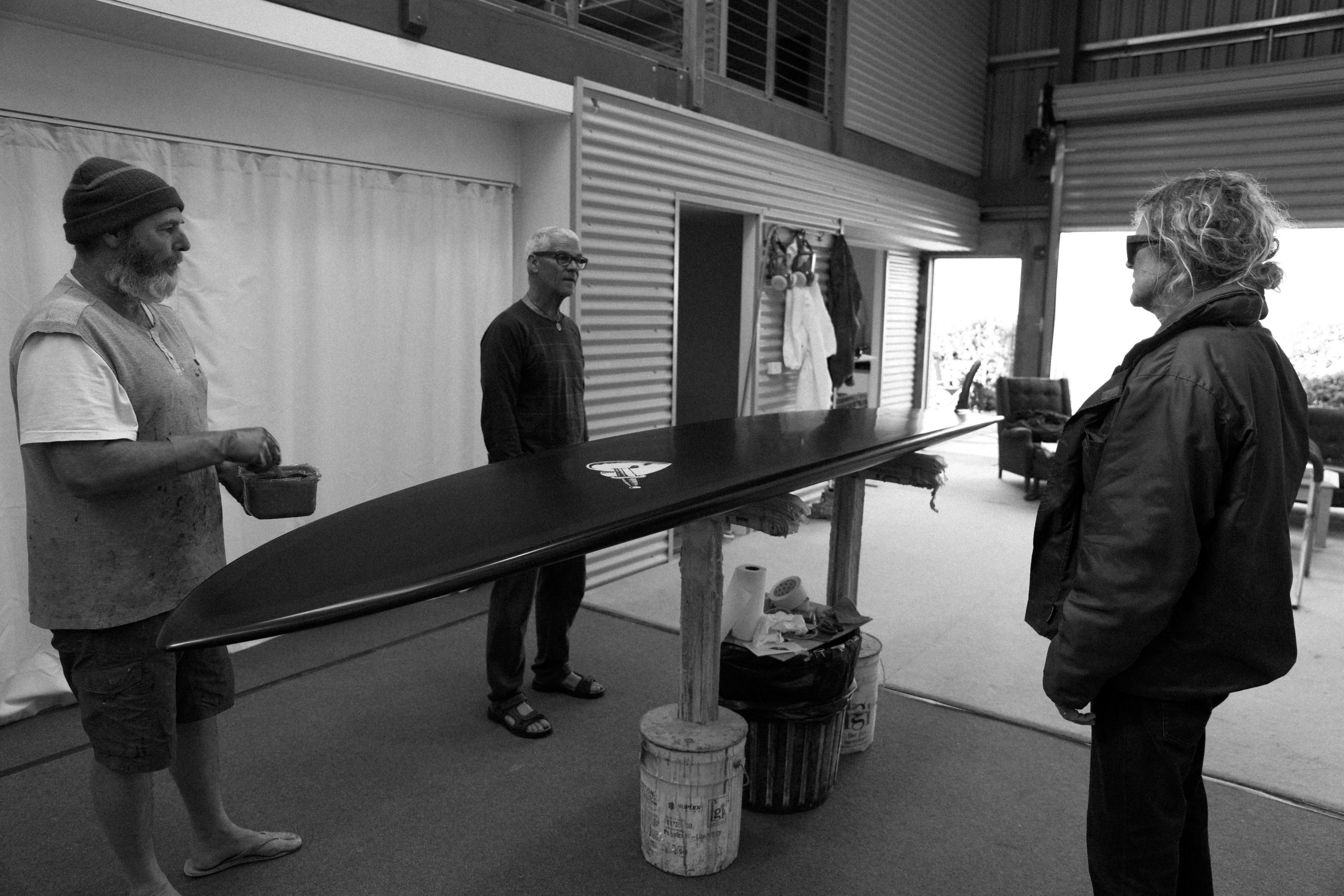
Surfing remains, regardless, a performance art. But the art extends beyond the act as behind the act is another art — in the craft.
Both literally, as in the act of making, and figuratively, in the surf craft being made. Perfect examples of form following function. Not in an art and design sense, like the Bauhaus school of pre-war Germany, but in that evolved utilitarian sense, like fighter jets or…surfboards.
The first factory, from 1989 for maybe three years, was behind the ROAR store, the second here, where we stand, as GASH, for 30 years. On these walls, here and there, is an archaeology of the random quotes of years of laughter. A best of from some of surfing’s greatest minds. The master of fun and debauchery, GASH permanent resident Mallacoota Rick – probably remembers them all.
He reminded us the other day of Phippsy’s “How do you make a boiled egg?”.
This might a wall of its own in Surfing’s Hall of Letters, but behind it all was a seriousness.
The boys were there for surfboards and make surfboards they did.
With the boards came the brand. This anti-Brand had such cache with surfers the GASH T’s supported the making of the boards. Surf wear supported the hardware.
Leaping forward 30 years, with the cycles of brands coming and going, and a generation passing, GASH remained. It had never really gone away — but Greg had settled into an elder Ratbag roll. Statesman I draw the line at as his persona never truly became something that could be construed as mature, notwithstanding a more considered approach to earlier excesses. The bad boy was “gooder”. He had not lost any of his hair, or cut it, he still ripped, and made beautiful boards.
The collaborations with Simon burbled away in the background. Design projects, and offshoot brands like Duke Tubesteak. Little pieces of creative brilliance that only those with a half decent grasp of surf lore and history would get.
Even the names chosen to form that particular mashup added to the layers. Duke Kahanamoku, the father of modern surfing. Tubesteak Tracey. The clown prince of Malibu. Combined as a longboard brand, Duke Tubesteak speaks with both respect for tradition, and fun. Why we do it in the first place.
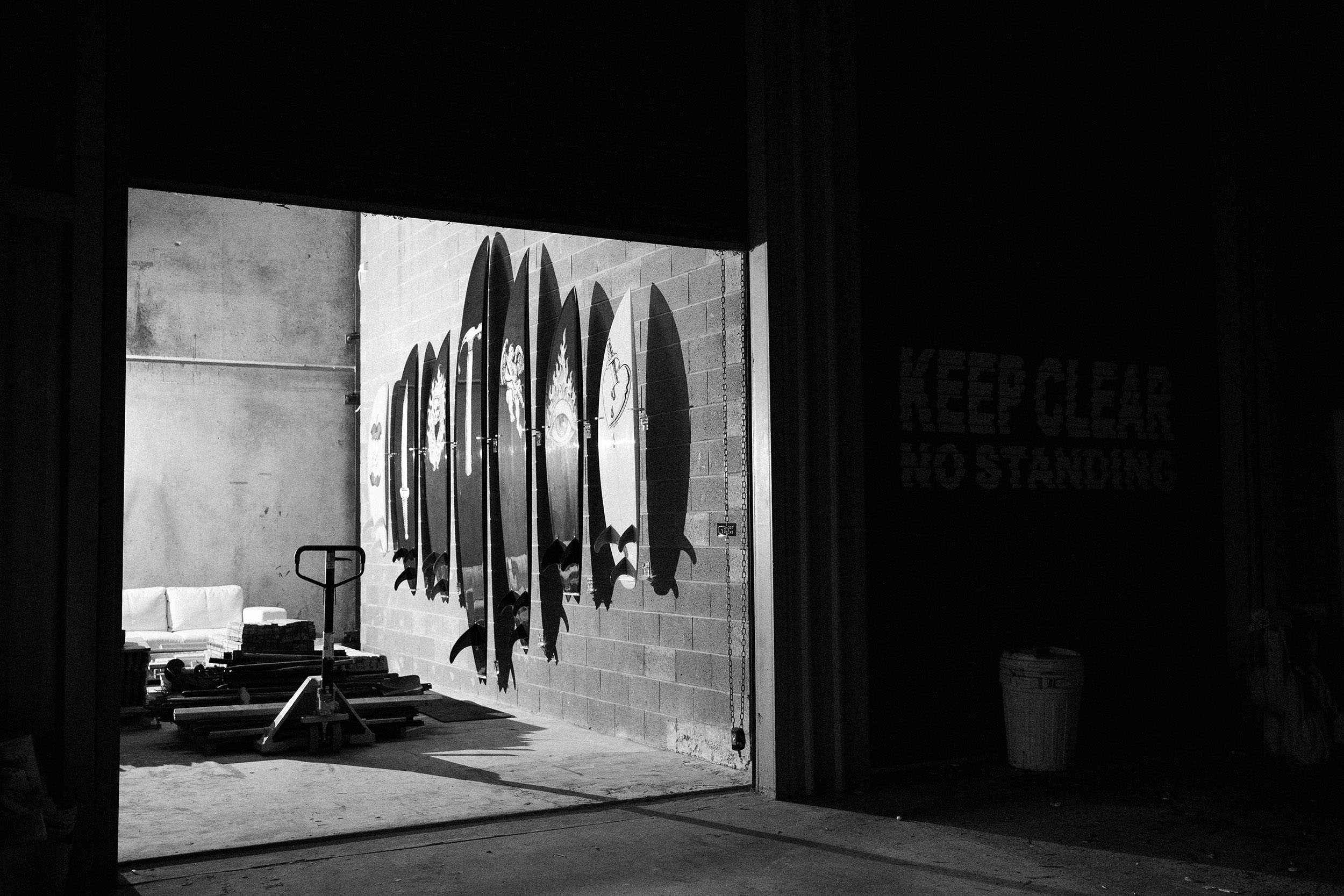
7Blades
In this new iteration of GASH, the making of these boards in all their layers have been combined.
Greg shaping in that idiosyncratic way great shapers seem to develop. Custom tools. A rock as a weight. A tape measure without numbers.
Master Glasser Paul ‘Cuzzo’ Cousins, and his son Will, the polisher. Finally we get to see the how. The swift, precise dance around a catalyzing medium. Exact. Practiced. Perfect. Art and craft transcending themselves. With speed, time and money leaving the equation, magic happens.
Simon’s attention to detail. Painting a board in his far south western Victorian ‘cave’, with his young son Prahlad watching on as, brushes laid out methodically, he disappears into the images, reaching back decades and living in the moment. The passing on of The Knowledge.
The generational theme continues with Shyama Buttonshaw, in his Bells Beach Studio, a recognised surfer shaper worldwide, with a deep connection to the music and rhythms of this place.
Shyama is part of the ecosystem that has evolved around the Wayne Lynch/Simon Buttonshaw relationship. Those of you who know the surf history I alluded to earlier will know Wayne, and those who don’t, should. Brilliant surfer shapers don’t just happen. Masters pass on their knowledge. Wayne Lynch, Maurice Cole, Greg, Mark Phipps. More recently through Maurice: Shyama, Marcus Hyett and Darcy Day.
A lot of flowers have grown in this garden.
Josh, as the curator of this exhibition, in collaboration with his brother Tom Cole, folds these many stories into an idea, and with it the boards suddenly have a life.
Through film, print and digital media, they have built a record of surfboard creation. Edited in in that pared back monotone GASH style, a body of work deserving a place in the greater world of modern art.
There’s a famous quote by Pablo Picasso. “It took me four years to paint like Raphael, but a lifetime to paint like a child”.
With surfing, there is a parallel. We all remember those first waves. The years of firsts — first wave, first turn, first barrel. A succession of moments that left us stoke-ed, as Italo would say — out of our minds.
Gash and the Seven Blades connects us to our distant grom, when all was new, where boards gleamed, these shiny things made by legends, and even gods.
To have a collection of boards that reflect the best of the art, the craft and the act is a wonderful thing. Heart, Hand and Eye.
Knowing the love that is in these boards, and the heart behind them — all I can say is we are very lucky — to have this exhibition — born here — on this coast. Our Coast.
Let’s hope it is the long awaited rebirth of the bleeding heart of why we are surfers.
7Blades
